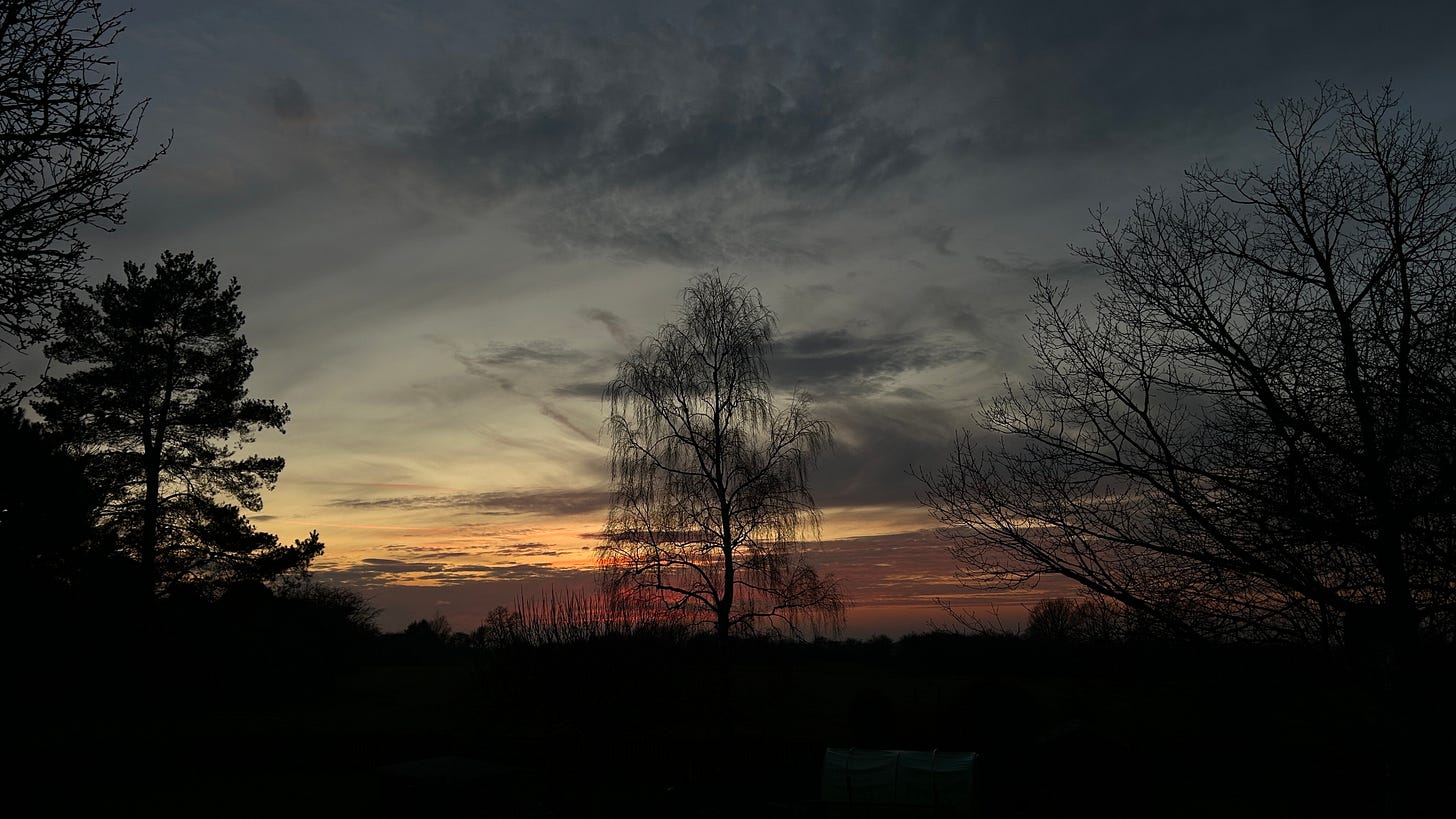Audition: Bruckner Symphony No. 7, Saarbrucken RSO/Stanislaw Skrowaczewski #Brucknerthon2025

Recorded 27/29 1991, Kongresshalle, Saarbrucken
Oehms CD
Stanislaw Skrowaczewski, known and loved as ‘Stan’, died in 2017 after a lifetime of conducting in Europe, America and the UK. He was a Bruckner specialist and advocate. He recorded a cycle of Bruckner symphonies over ten years 1991-2001 on the Oehms label and a couple of symphonies with the London Philharmonic on their own label.
I have to put aside my attachment to the man. It was after a performance of Bruckner’s Seventh symphony in Sheffield in 1984 that I began to devour the music of Bruckner.
As with most Bruckner performances, radio orchestras do it great justice. One might put that down to the free reign offered to brass players! Playing and audio are good.
The Seventh is a most wonderful symphony - the addition of Wagner Tubas makes for glowing sonorities and though the proportions and dramatic arc aren’t quite right, it is beautifully scored.
First movement immediately comes to life as a bit of a beast especially when the brass enter. Skrowaczewski ensures this, the first of many brass interjections that power the work, is at the right dynamics and strictly in tempo. And maintains it throughout this movement and the test aside from one stodgy semi- lapse. Stan also manages to make fabulous climaxes by keeping the brass tightly controlled.
But it’s perhaps overlooked that in the bars before letter K that Skrowaczewski ensures a smaller units of notes strictly delineated. It shows an attention that is revealling because there’s a tendency for conductors to either try to smooth these into longer lines to match much of Bruckner’s writing. Or just ignore these details.
There are a few points where the conductor is singing along with the orchestral line which is fine because he isn’t it. And he’s not as loud as Celibadache.
One of the wonderful things about radio recordings of this era was that their concert recording engineers had the bandwidth to capture the low brass in a way that even some recording studios were unable to do. The final page of this movement are exquisitely done but somehow the level of the strings drops inexplicably.
The Adagio is well know and one of Bruckner’s finest creations. Skrowaczewski is very alert to the subtlties - in the violins, the oboe and most vividly the entry of the Bass Tuba. Throughout, Skrowaczewski is covering the almost geological and measured cycling of Bruckner’s creation and those interjections which many lose, dwarfed by the glorious threnody.
My only observation about the final two movements is that they go incredibly well. I think we can excuse a slightly plodding quality in the middle of the final movement. It’s not surprising given that most of Bruckner’s powder has been spent in previous movements and the second half of the symphony has left him with little room for more long-term thematic developments.
Nonetheless this is an authoritative reading of what may be Bruckner’s most popular and accessible symphony. And it gives more than many given the fruits of Skrowaczewski’s lifetime of engagement.


Comments